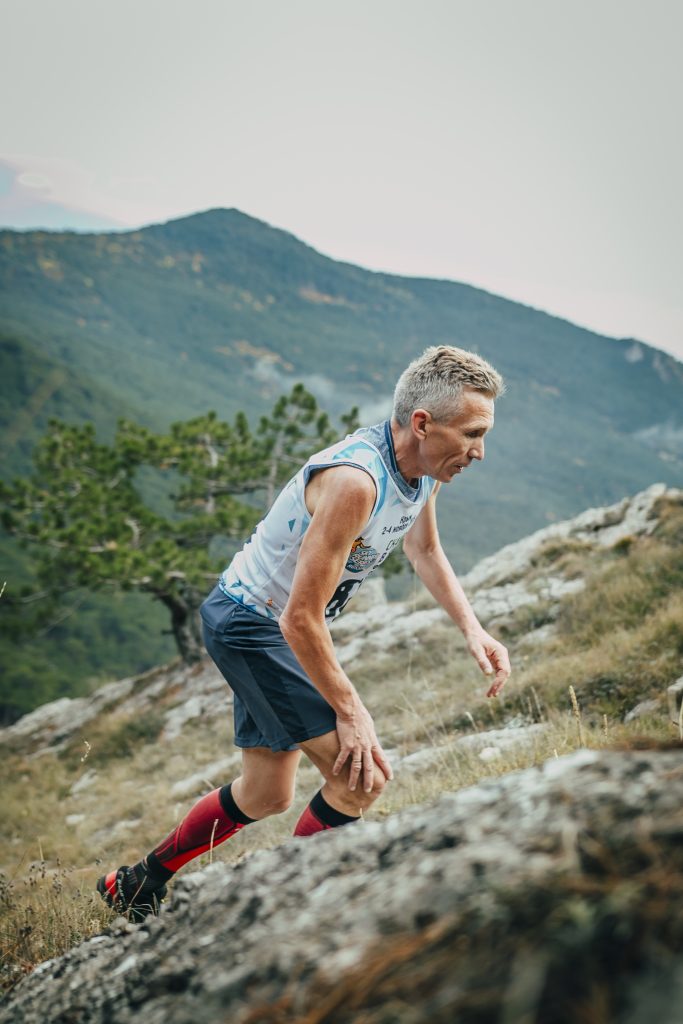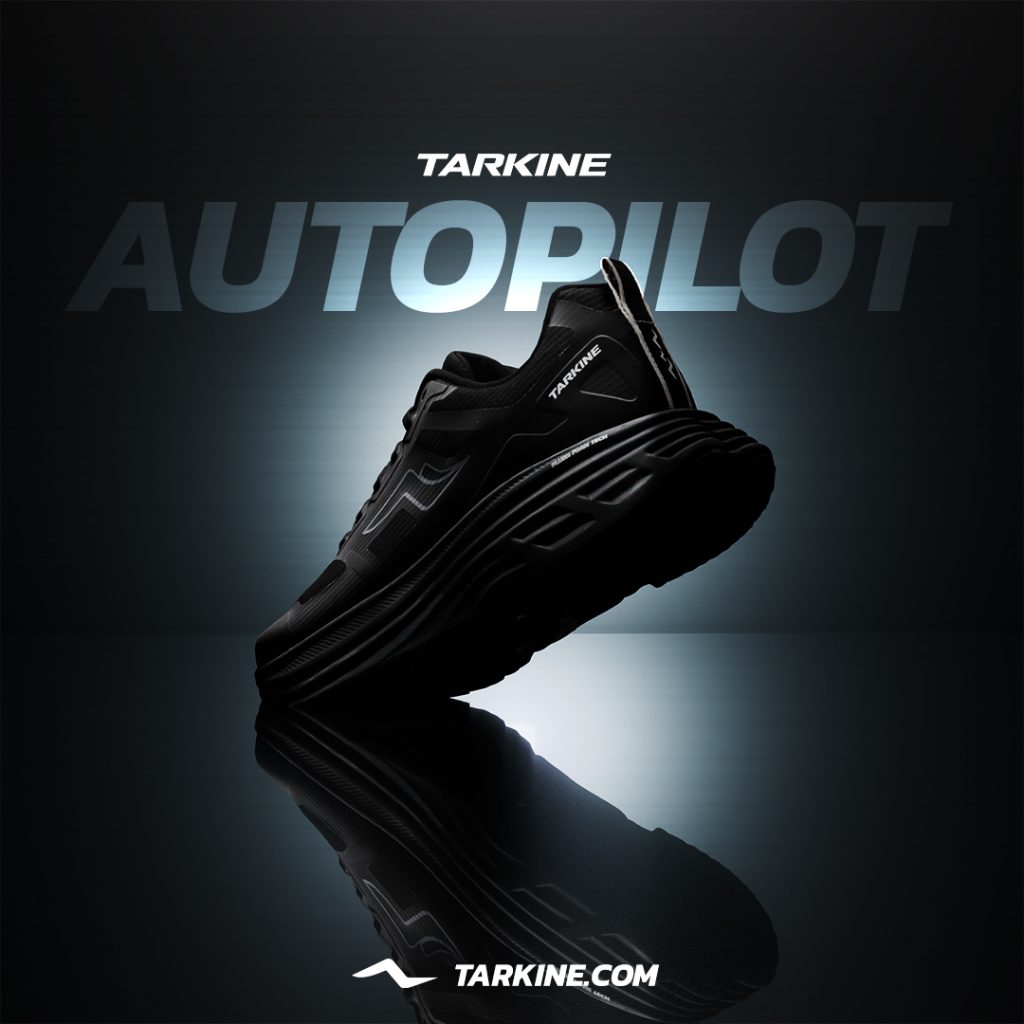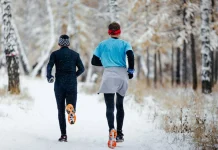In a pivotal endurance research gathering in England, Guillaume Millet presented a groundbreaking notion that challenged conventions: longer races might induce less muscle fatigue. His assertion that inefficiency could be strategic in certain contexts sheds light on the tactical role of walking within running strategies.
Millet’s focus lay in the demanding realm of mountain-ultra-trail races like the Ultra-Trail du Mont-Blanc and the grueling Tor des Géants, a 200-mile trek navigating three times the height of Mount Everest. His credibility stemmed from personal experience, achieving a high rank at Tor des Géants despite minimal sleep in an 87-hour race.
Here are key insights gleaned from these sessions that illuminate the art of efficient uphill running.
Optimizing Uphill Performance
Rodger Kram, a seasoned biomechanist from the University of Colorado, delved into the nuances of transitioning between walking and running. Deciding when it’s beneficial to walk versus run up steep inclines hinges on multiple factors: slope, pace, fitness level, leg strength, terrain complexity, and social influences.

Insights from Scientific Analysis
Nicola Giovanelli, from the University of Udine in Italy, equipped with the world’s steepest treadmill, explored using poles during uphill climbs. Contrary to earlier findings, poles become advantageous on steeper slopes, reducing energy expenditure and perceived effort. A recent study showcased that pole-assisted climbing outperformed pole-less ascent, with few exceptions.
View this post on Instagram
Frederic Sabater Pastor, a student of Millet’s, specializes in trail running’s energy cost. Trail running complexities involve varied terrain, muscle usage, and the impact of altitude. Mastering efficiency demands technical skill, light gear, and potential benefits from strength training.
Balancing Efficiency and Endurance
Efficiency isn’t the sole determinant of success. Pastor highlights a crucial trade-off between conserving energy and preserving leg strength. Ultra runners have embraced choices like Hoka shoes, compromising efficiency for reduced muscle damage during extensive mountain runs. Strategic choices like muscular builds, shorter strides, and the contentious use of poles illustrate the multifaceted approach of elite trail runners.
The realm of trail running efficiency remains a domain ripe with mysteries. Short races exhibit declining efficiency, while longer distances maintain steady performance. Notably, in ultra-long races like Tor des Géants, runners seem to gain efficiency toward the end, warranting further exploration.
In unraveling the intricate science behind trail running, these insights redefine the balance between efficiency, strategy, and endurance. As trail runners navigate challenging terrains, the amalgamation of science and experience illuminates the pathway to mastering the art of trail running.
















